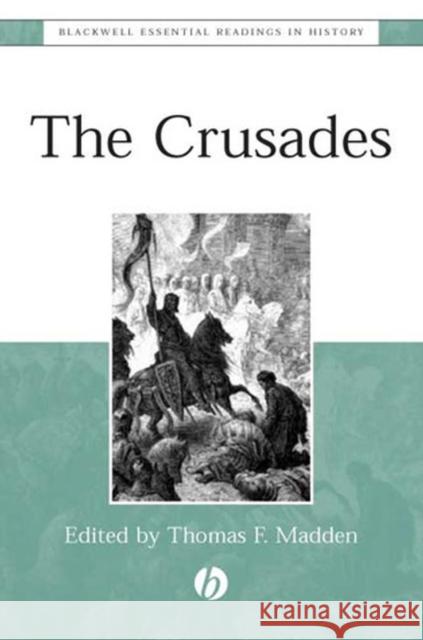Crusades » książka
topmenu
Crusades
ISBN-13: 9780631230229 / Angielski / Twarda / 2002 / 292 str.
Crusades
ISBN-13: 9780631230229 / Angielski / Twarda / 2002 / 292 str.
cena 595,35
(netto: 567,00 VAT: 5%)
Najniższa cena z 30 dni: 589,26
(netto: 567,00 VAT: 5%)
Najniższa cena z 30 dni: 589,26
Termin realizacji zamówienia:
ok. 30 dni roboczych.
ok. 30 dni roboczych.
Darmowa dostawa!
The twelve readings in this volume represent some of the best recent scholarship on the Crusades.











